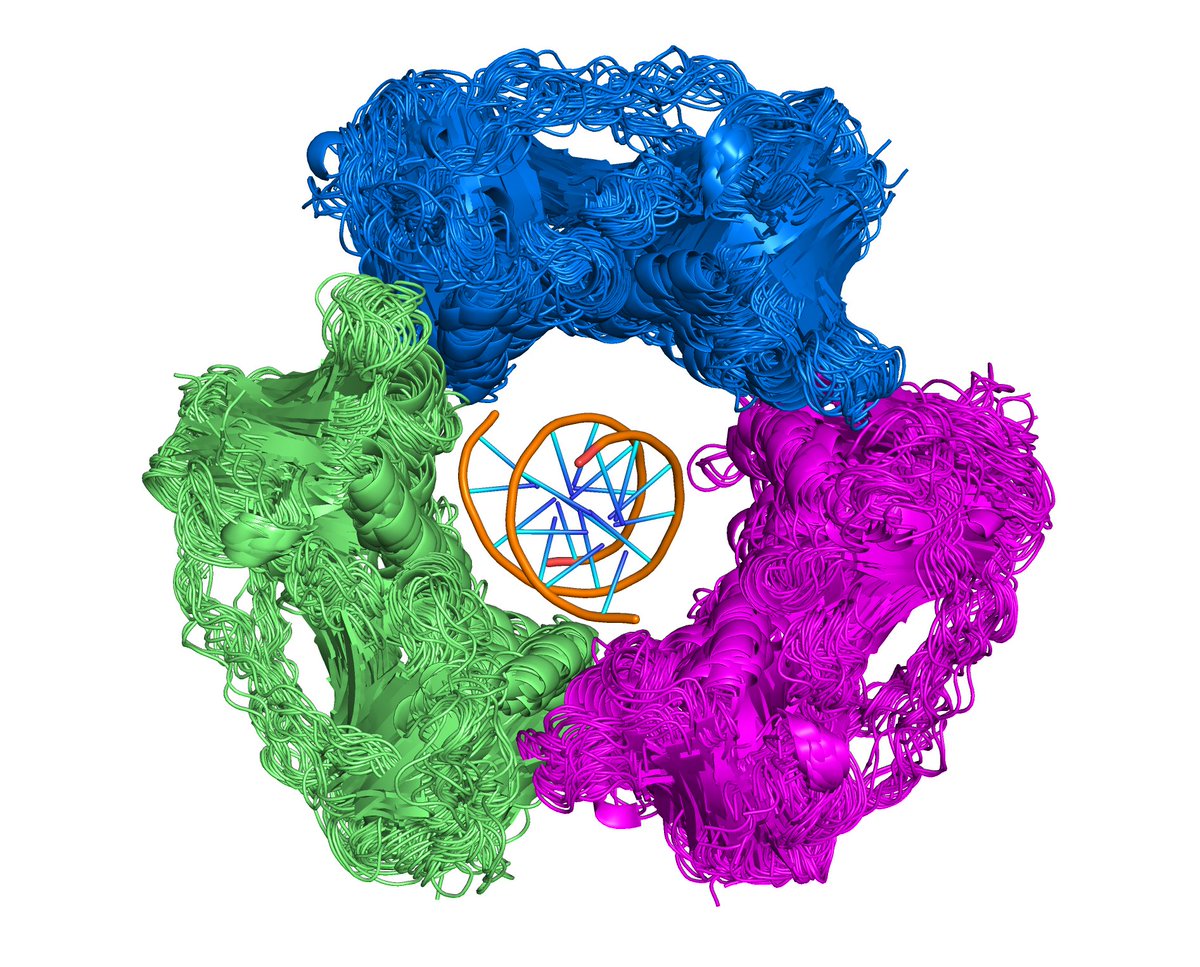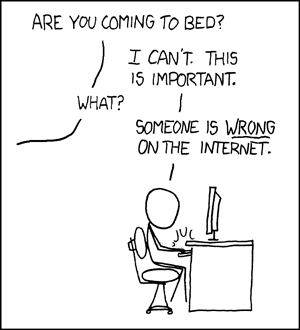
Comp struct bio. Gay&proud 🏳️🌈. Views my own & not my employer's.
How to get URL link on X (Twitter) App


https://twitter.com/biorxivpreprint/status/1581650102220779520
 The website has been updated w/ the new data. dunbrack2.fccc.edu/PyIgClassify2. Downloads include mmCIF coordinates, data per domain & per cdr, & fasta sequences. Paper is work by Simon Kelow, Bulat Faezov (@Bulat41292666), website by @QifangXu. Advice from Jared Adolf-Bryfogle @jadolfbr.
The website has been updated w/ the new data. dunbrack2.fccc.edu/PyIgClassify2. Downloads include mmCIF coordinates, data per domain & per cdr, & fasta sequences. Paper is work by Simon Kelow, Bulat Faezov (@Bulat41292666), website by @QifangXu. Advice from Jared Adolf-Bryfogle @jadolfbr. 

https://twitter.com/biorxiv_bioinfo/status/1559386086094381058
 We count "Crystal forms (CFs)" - unique crystal unit cells or cryo-EM or NMR experiments for each cluster, and number of uniprot sequences across each cluster. More experimental data --> more support for relevance of biological assembly. Also #PDB's bioassemblies, PISA, EPPIC.
We count "Crystal forms (CFs)" - unique crystal unit cells or cryo-EM or NMR experiments for each cluster, and number of uniprot sequences across each cluster. More experimental data --> more support for relevance of biological assembly. Also #PDB's bioassemblies, PISA, EPPIC.

https://twitter.com/sciam/status/1275075228998045696
 @WrongHandedDNA is one of my favorite twitter accounts. I post to it when I am in this kind of mood:
@WrongHandedDNA is one of my favorite twitter accounts. I post to it when I am in this kind of mood: 
